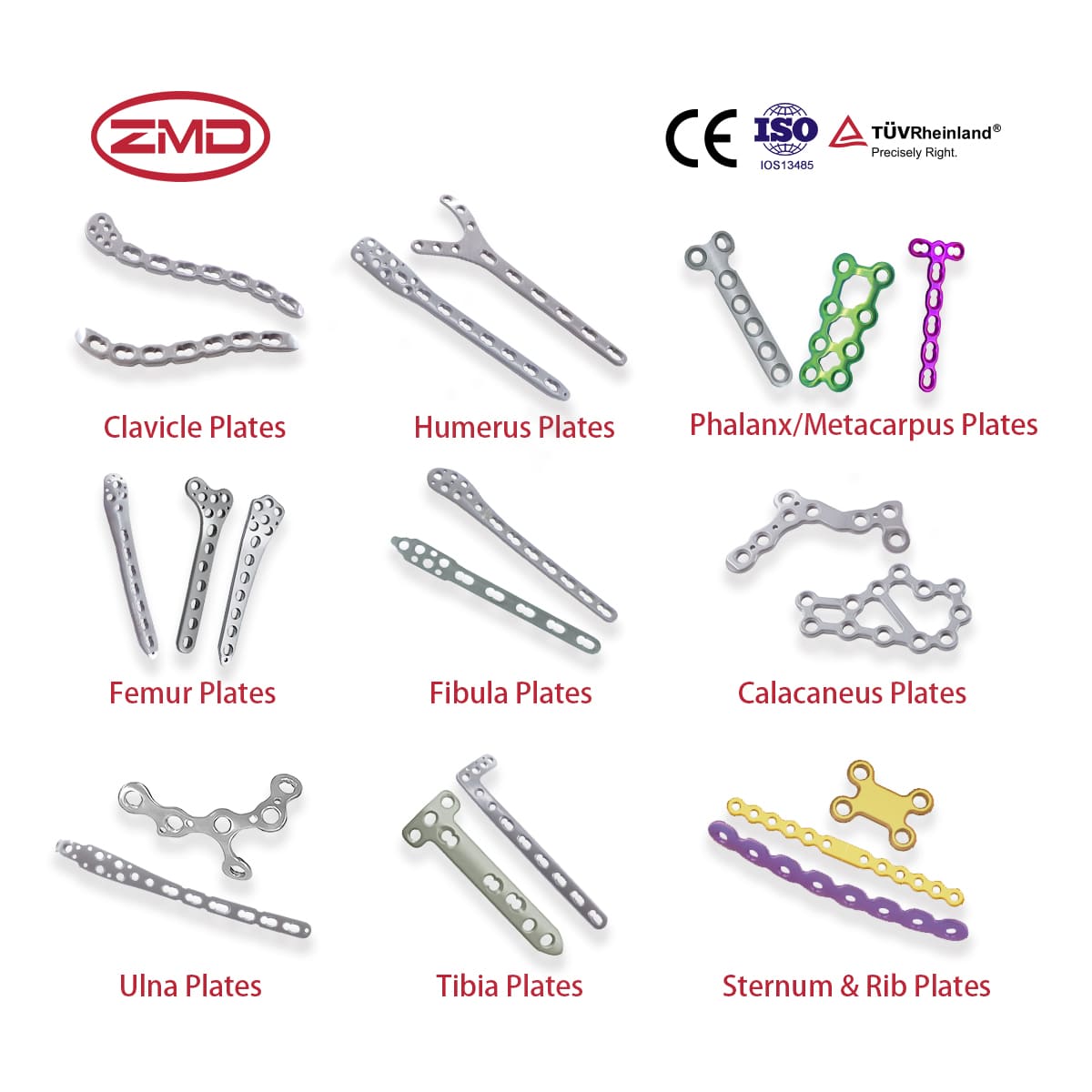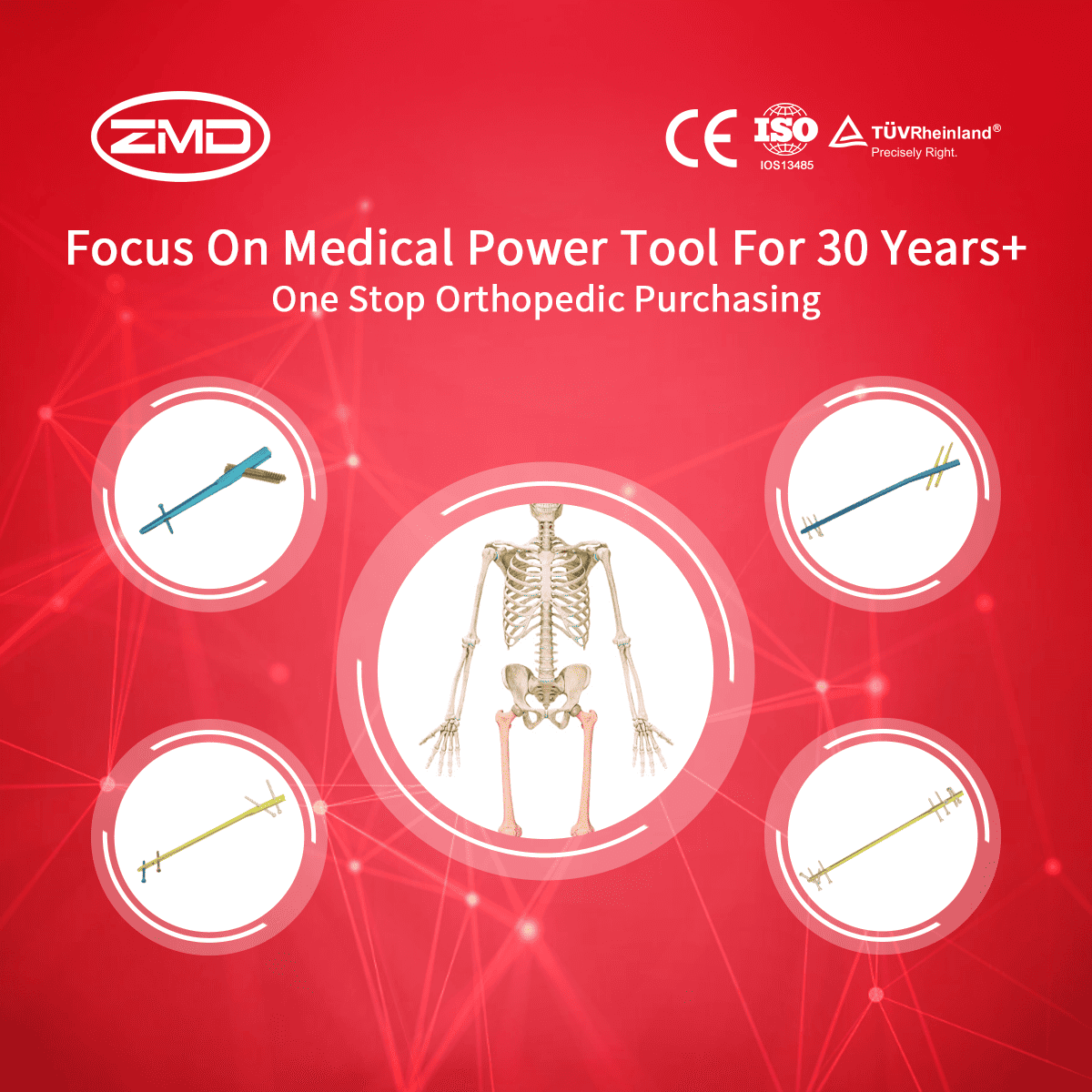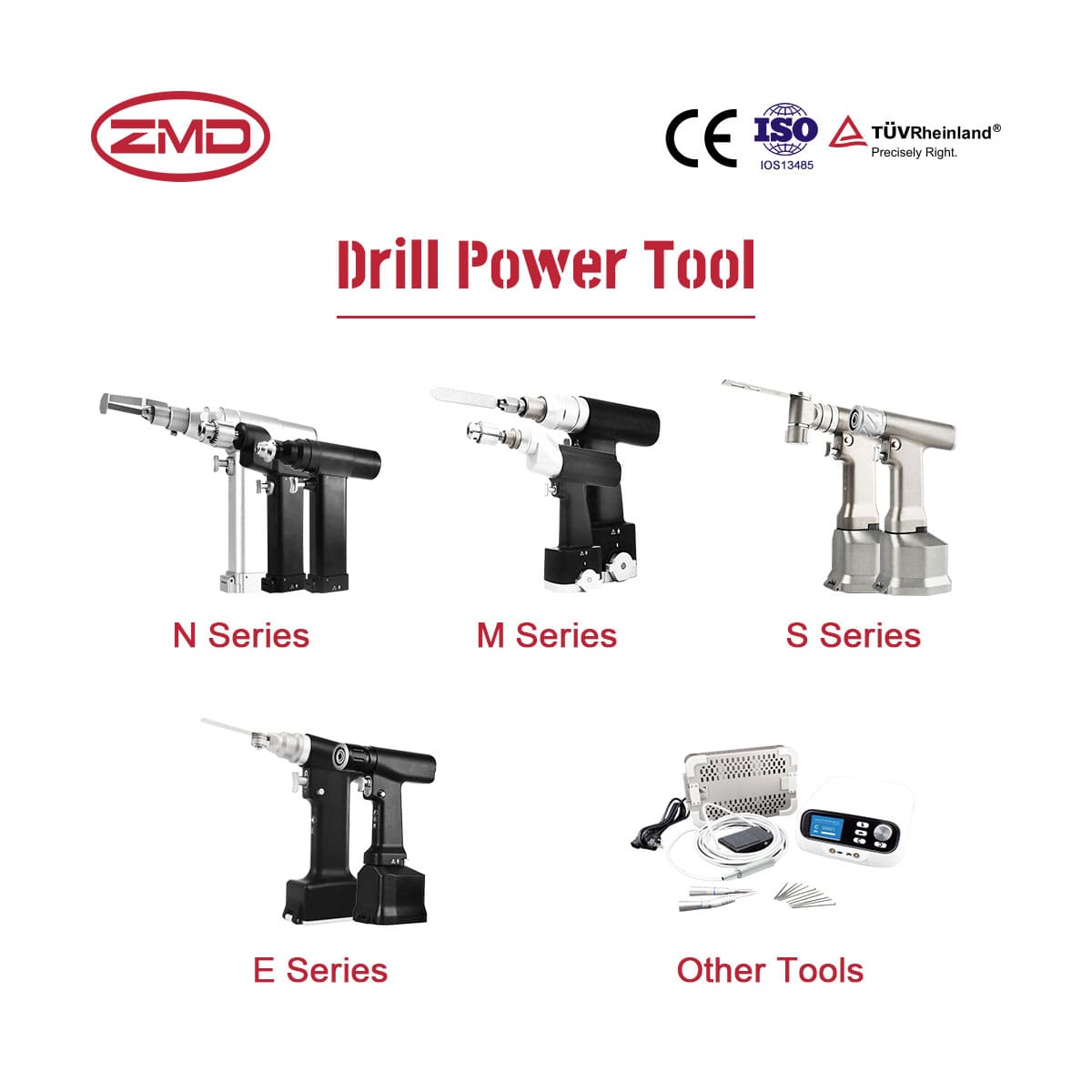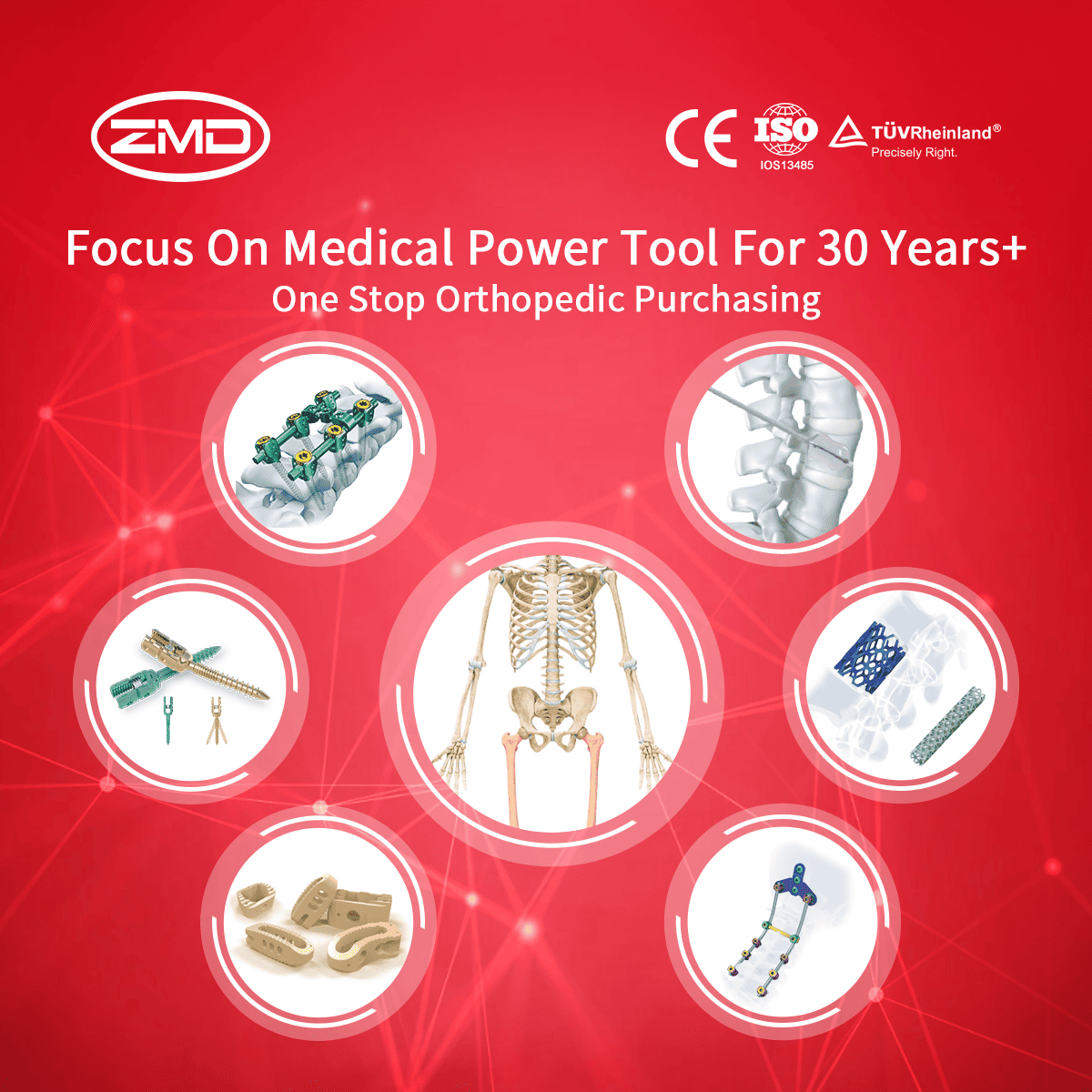The medical device sales market, particularly in the orthopedic implant sector, is poised for continued growth in the coming years. This growth is driven by factors such as the aging population, technological advancements, and the increasing demand for specialized treatments. However, the industry faces several challenges that manufacturers need to address in order to remain competitive and meet the evolving needs of healthcare providers and patients
Key Challenges in the Medical Device Sales Market:
Product Compliance and Regulatory Issues:
As the medical device industry grows, so does the complexity of regulatory requirements. Manufacturers must ensure that their products meet the stringent compliance standards of various global markets. This can involve extensive documentation, rigorous testing, and the need for continual product updates to comply with changing regulations.
Manufacturers who fail to meet these standards risk facing delays in product approvals and losing access to certain markets.Increasing Market Competition:
The medical device market, especially orthopedic implants, is highly competitive, with numerous players vying for market share. Large multinational companies, as well as smaller, innovative firms, are constantly introducing new products and technologies. To stay ahead, companies need to continually innovate, offering cutting-edge products that deliver tangible benefits to both healthcare providers and patients.
Table: Competitive Factors in the Medical Device MarketFactor Impact Technological Advancements Continuous innovation required to stay ahead Pricing Pressure Cost-effective solutions needed to stay competitive Customer Service Excellence High-quality service is key to retaining clients Global Supply Chain Uncertainty:
The global supply chain has been significantly impacted by events such as the COVID-19 pandemic and geopolitical tensions. Disruptions in the supply chain can lead to delays in production, shortages of raw materials, and increased costs. For medical device manufacturers, supply chain resilience is crucial to maintaining consistent product availability and meeting the demands of healthcare providers.
Manufacturers must diversify their supply chains and build stronger relationships with suppliers to mitigate the risk of future disruptions.Adapting to Evolving Customer Needs:
Healthcare providers are increasingly looking for products that not only meet clinical needs but also improve patient outcomes and reduce overall treatment costs. The demand for personalized, patient-centric treatments is rising, requiring medical device companies to offer customizable solutions and provide exceptional after-sales support.
Manufacturers must keep up with these changing expectations and develop products that integrate well with new technologies, such as robotic surgery systems and 3D-printed implants.Technological Integration:
As medical technology evolves, the integration of new technologies into existing products becomes a major challenge. The incorporation of AI, robotics, and advanced imaging technologies into medical devices can enhance their effectiveness but requires significant R&D investment. Companies must invest in technological innovations to ensure their products are aligned with the latest trends in healthcare.
Opportunities in the Future Medical Device Market:
While the medical device market faces several challenges, these obstacles also present opportunities for growth and innovation. The key to success in the future market lies in the ability to adapt quickly, invest in R&D, and meet the demands of healthcare professionals and patients.
| Opportunity | Potential Benefits |
|---|---|
| Aging Global Population | Increased demand for orthopedic implants and related devices |
| Technological Advancements | New technologies can improve product functionality and patient outcomes |
| Personalized Healthcare | Customizable implants and solutions to meet individual patient needs |
ZMD’s Role in Navigating the Future Medical Device Market
As a leading orthopedic device manufacturer, ZMD is dedicated to overcoming these challenges through continuous innovation. By investing heavily in R&D and closely monitoring market trends, ZMD ensures that its products not only meet the highest regulatory standards but also address the evolving needs of the healthcare industry.
ZMD’s ability to adapt to market demands—whether it’s by improving the quality of its implants or expanding its product offerings to include the latest technologies—positions the company as a strong contender in the global orthopedic medical device market.
Through strategic partnerships, optimized production processes, and a focus on customer service excellence, ZMD continues to lead the charge in offering reliable, advanced orthopedic solutions. This commitment to innovation and quality allows ZMD to remain a key player in the ever-evolving medical device market.
In conclusion, the future of the medical device sales market is bright, but manufacturers must remain agile, innovate constantly, and focus on providing solutions that enhance both patient care and operational efficiency. ZMD’s proactive approach ensures its continued success and leadership in the global orthopedic device market.




